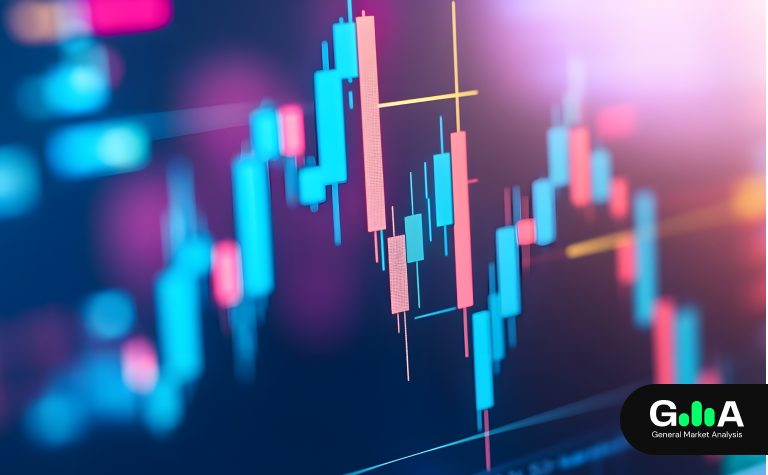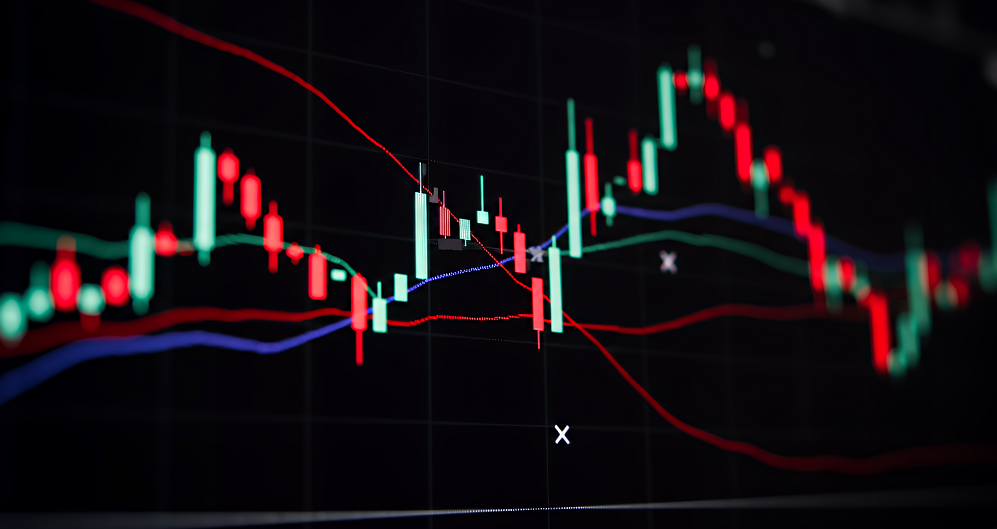Tensions in the Middle East have heightened as Iran launched over 200 ballistic missiles at Israel in retaliation for Israeli strikes on Hezbollah positions. While the markets initially remained calm, they began to react sharply as the missile strikes unfolded, leading to significant shifts across various asset classes.
Market Impact and Key Trends:
- Tech Stocks Decline:
- U.S. tech stocks, particularly on the Nasdaq, have been hit hard, dropping nearly 2%. The decline is primarily due to a risk-off sentiment, with investors moving away from high-growth, high-risk assets in favor of safer investments. This trend is often observed in periods of geopolitical instability, where market participants are concerned about potential ripple effects, especially if U.S. involvement in the conflict escalates.
- Surge in Oil and Gold Prices:
- Oil prices surged by more than 4%, reaching almost $75 per barrel. This jump is a direct response to concerns about potential disruptions in oil supply, as the Middle East is a major oil-producing region. Traders can take advantage of this price movement by looking at energy stocks or commodity-based ETFs.
- Gold, a traditional safe-haven asset, also saw a sharp increase of over $30, nearing recent record highs. Investors often flock to gold during geopolitical turmoil to hedge against uncertainty and potential market volatility.
- Positive Performance in Energy and Defense Sectors:
- Energy companies like Occidental Petroleum and defense contractors like Lockheed Martin have benefited from the turmoil, with both stocks seeing gains of over 3%. Investors can capitalize on this trend by looking into stocks or ETFs that focus on the energy and defense sectors.
- Broad Market Sell-Off and Decline in Speculative Assets:
- Bitcoin and other speculative investments also fell sharply, reflecting a broader market move away from high-risk assets. Traders can look at this trend as an opportunity to short cryptocurrencies or consider repositioning portfolios toward more stable, less volatile assets.
Trading Strategies for Volatility:
- Hedging with Safe-Haven Assets: Consider adding gold and bonds to portfolios as a hedge against further market declines.
- Energy and Defense Sector Plays: Focus on energy and defense stocks that tend to perform well during geopolitical uncertainties. ETFs like XLE (Energy Select Sector SPDR) or ITA (iShares U.S. Aerospace & Defense ETF) can provide diversified exposure.
- Shorting High-Risk Assets: As uncertainty looms, short positions on high-risk assets such as speculative tech stocks or cryptocurrencies could be profitable if risk-off sentiment persists.
The situation remains highly fluid, and market participants should closely monitor developments over the next 24 hours. The geopolitical tension comes at a critical time, with the upcoming U.S. presidential election likely to further influence market sentiment and add to volatility.
By staying informed and adopting a strategic approach, traders can navigate the uncertainty and identify opportunities across various asset classes during this period of heightened geopolitical risk.





